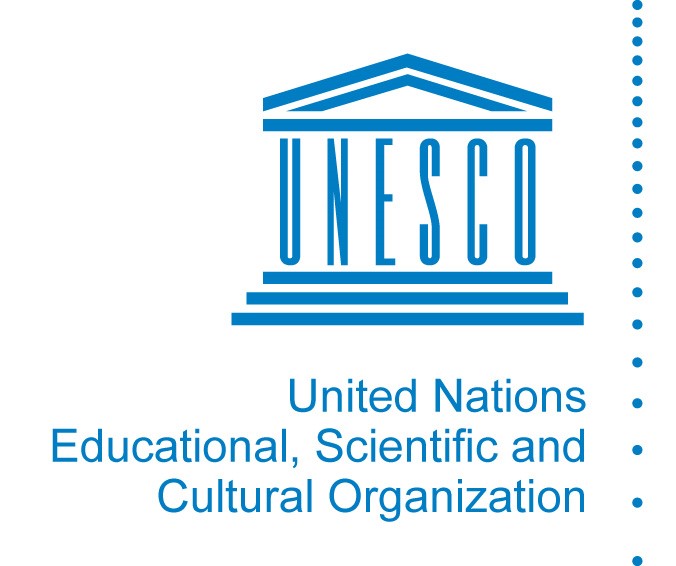Various policy instruments and special mechanisms have also been formulated to address media and violence against women. These include the Sustainable Development Goals, General Assembly Resolutions, Human Rights Council Resolutions, reports and recommendations by the Special Rapporteur on violence against women, it’s cause and consequences and the outcome documents of the Commission on the Status of Women, The World Summit Information Society and the Broadband Commission.
|
Sustainable Development Goals (SDGs) The 17 Sustainable Development Goals (SDGs) are the world's overarching plan to build a better world for people and our planet by 2030. Adopted by all United Nations Member States in 2015, the SDGs are a call for action by all countries - poor, rich and middle-income - to promote prosperity while protecting the environment. Within these goals, there are a number of targets related to the elimination of harassment, discrimination and violence against women and girls, recognizing them as issues of human rights and impediments to peace and development. The targets pertain to public and private spaces in all contexts. They include, among others: - End all forms of discrimination against all women and girls everywhere (5.1) - Eliminate all forms of violence against all women and girls in the public and private spheres, including trafficking and sexual and other types of exploitation (5.2) - Eliminate all harmful practices, such as child, early and forced marriage and female genital mutilation (5.3) - Ensure women’s full and effective participation and equal opportunities for leadership at all levels of decision-making in political, economic and public life (5.5.) - Enhance the use of enabling technology, in particular information and communications technology, to promote the empowerment of women (5.B) - Adopt and strengthen sound policies and enforceable legislation for the promotion of gender equality and the empowerment of all women and girls at all levels (5.C) - By 2030, provide universal access to safe, inclusive and accessible, green and public spaces, in particular for women and children, older persons and persons with disabilities (11.7) - Significantly reduce all forms of violence and related death rates everywhere (16.1) - End abuse, exploitation, trafficking and all forms of violence against and torture of children (16.2) - Ensure public access to information and protect fundamental freedoms, in accordance with national legislation and international agreements (16.10) - Promote and enforce non-discriminatory laws and policies for sustainable development (16.B) For more detailed information on each of these, see: https://sustainabledevelopment.un.org/
|
General Assembly and Human Rights Council Resolutions
General Assembly and the Human Rights Council Resolutions have been adopted referring to the role media can play in eliminating gender stereotypes and promoting gender equality, the empowerment of women and the full enjoyment of human rights. These Resolutions have also provided more targeted recommendations related to the issues of journalist safety and violence against women committed through ICTs.[1]
The Special Rapporteur on violence against women, it’s causes and consequences
The Special Rapporteur, through her various reports, has highlighted the critical role of media, including: in monitoring and reporting on cases of gender-based violence; in providing a counter-discourse to ‘hegemonic interpretations of culture’ and transforming discriminatory values, institutions and power structures; and through the importance of portraying culturally unbiased and non-stereotypical images of different women (e.g. those living with disabilities) to change negative perceptions, eliminate discrimination and end violence. The Special Rapporteur also produced a dedicated report on ICT-related violence against women (2018), articulating a number of recommendations to effectively address the issue (HRC, 2018).
Other Global Platforms
The Commission on the Status of Women has recognized the importance of media and ICTs in many of its outcome documents and Agreed Conclusions, including its 55th Session on Access and Participation of Women and Girls in Education, Training and Science and Technology (2011) and its 57th Session on Elimination and Prevention of All Forms of Violence against Women and Girls (2013) among others. The Commission also resolved to discuss the media and ICTs theme at its 62nd session (CSW 2018). During this session, position papers were presented on this topic, later compiled into a UNESCO publication titled “Setting the Gender Agenda for Communication Policy: New proposals from the Global Alliance on Media and Gender”.
On gender, ICTs and new media, the World Summit Information Society +10 Statement on Implementation of WSIS Outcomes and the WSIS+10 Vision for WSIS Beyond 2015 included the mainstreaming of gender issues across all WSIS action lines…to ensure action lines take account of continuing gender issues, redress discrimination and contribute to ending violence and harassment (ITU, 2014). In 2013, the Broadband Commission endorsed an advocacy target, calling for gender equality in access to broadband by 2020 and produced a discussion paper on Combatting Online Violence against Women and Girls.[2]
Resolution in the European Parliament on Gender Equality in the Media Sector in the EU
Adopted 20th February 2018
This Resolution adopted by the European Parliament provides background and recommendations to address gender equality in audio-visual, technology-facilitated and digital communications. It includes a range of relevant issues related to gender parity, participation and decision-making, equal pay and work-life balance; safety of journalists; sexual harassment; gender stereotyping; gendered experiences of women’s access, use and experiences with technology; the role of legislation, regulatory bodies and women’s organizations; and the importance of research and monitoring, among other key areas related to gender equality in the media.
For detailed information, see: http://www.europarl.europa.eu/sides/getDoc.do?pubRef=-%2F%2FEP%2F%2FTEXT%2BREPORT%2BA8-2018-0031%2B0%2BDOC%2BXML%2BV0%2F%2FEN&language=EN#_part1_ref2
[1] See for example: General Assembly Resolutions 70/162, 71/170, 69/147, 67/144, 65/187, 63/155, S-23-3 and Human Rights Council Resolutions 35/10, 32/17, 32/19, 29/14, 26/15, 23/25, 17/11, 14/12, 32/13, 33/2
[2] See http://www.itu.int/net/pressoffice/press_releases/2013/08.aspx#.VCRq_PldUrZ and https://www.broadbandcommission.org/Documents/publications/bb-wg-gender-report2015-highlights.pdf
